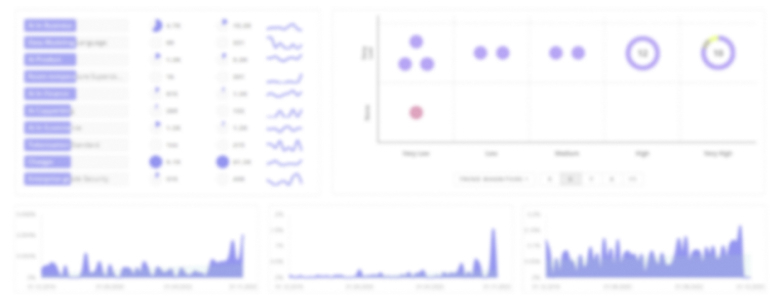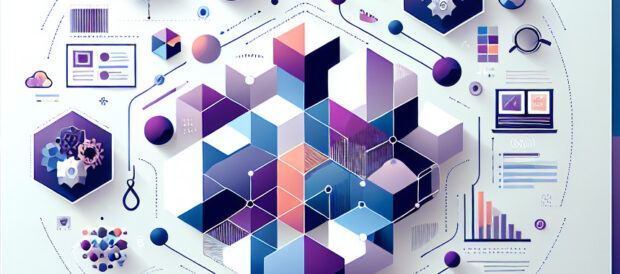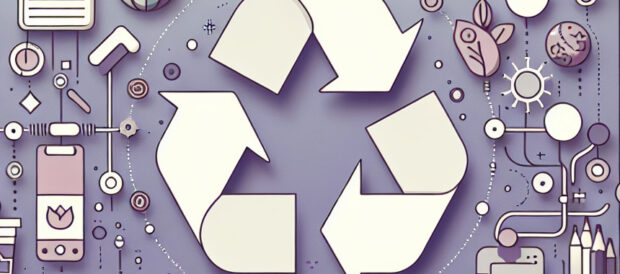
Plastic Free Packaging Report
: Analysis on the Market, Trends, and TechnologiesThe plastic-free packaging trend has mobilized 730 companies and secured $1.74 billion in funding to date. The market is projected to grow from USD 8.59 billion in 2024 to USD 13.22 billion by 2034 at a CAGR of 4.4% (Plastic Free Packaging Market Leads USD13.22 Bn at4.4% CAGR). Driven by environmental imperatives and shifting consumer preferences, this sector is catalyzing innovation across materials science and circular economy models.
The last time we updated this report was 26 days ago. If there’s something missing or off, your tips are welcome!
Topic Dominance Index of Plastic Free Packaging
The Dominance Index for Plastic Free Packaging merges timelines of published articles, newly founded companies, and global search data to provide a comprehensive perspective into the topic.
Key Activities and Applications
- Developing biodegradable and compostable materials from renewable sources such as starch, cellulose, and plant fibers, as detailed in patents like.
- Engineering multi-layer bio-composite structures that balance barrier performance with environmental degradability, exemplified by.
- Designing packaging for easy recyclability and reuse, including assemblies that facilitate material separation.
- Integrating agricultural by-products (e.g., corn straw, bamboo) and natural fibers into packaging formulations to reduce reliance on virgin resources.
- Employing molded fiber technology to create rigid, protective packaging solutions for e-commerce and logistics, as demonstrated by At Pack Expo Las Vegas, PAPACKS to Debut First-of-its-kind Plastic-free Fiber Bottle.
Emergent Trends and Core Insights
- Rapid market expansion, with projections indicating growth to USD 21.92 billion by 2034 at a 13.01% CAGR (REPORT TITLE: Plastic-Free Packs Market Research Report).
- Dominance of true compostability and biodegradability, as evidenced by surging patent themes around "biodegradable" and Y02W90/10 ("Bio-packaging").
- Rise of plant-based and seaweed-derived polymers, highlighted by companies achieving first-ever plastic-free certifications (Notpla's seaweed-based F&B packaging lands first-ever EU "plastic-free" certification).
- Increasing cross-sector adoption across food & beverage, cosmetics, and e-commerce, such as paper-based sushi packs and plastic-free paper tubs (Graphic Packaging International markets paper-based sushi packs).
- Emphasis on complete circularity, with service-based reuse models and returnable systems gaining traction in urban environments (Amazon UK launches plastic-free padded packaging for e-commerce purchases).
Technologies and Methodologies
- Biopolymer synthesis and modification of PLA, PHA, starch-based polymers, and cellulosic materials to tailor performance and degradation rates.
- Composite material formulation combining bio-polymers, natural fibers, and additives (e.g., plasticizers, antimicrobial agents) for strength and barrier properties.
- Controlled-degradation mechanisms (photodegradation, hydrolysis, microbial breakdown) engineered into material structures to match product shelf-life requirements.
- Advanced molded fiber manufacturing for bottles, trays, and protective inserts, showcased at industry expos.
- Seaweed-based biopolymer development yielding marine-degradable films and coatings.
Plastic Free Packaging Funding
A total of 122 Plastic Free Packaging companies have received funding.
Overall, Plastic Free Packaging companies have raised $1.8B.
Companies within the Plastic Free Packaging domain have secured capital from 441 funding rounds.
The chart shows the funding trendline of Plastic Free Packaging companies over the last 5 years
Plastic Free Packaging Companies
- Flexi-Hex: Offers an expandable sleeve system made from >85% recycled paper pulp that is curbside recyclable, biodegradable, and home-compostable in six weeks. Its intuitive design replaces bubble wrap across boardsports, electronics, and homeware sectors, yielding one pallet of Flexi-Hex per five pallets of bubble wrap, and has removed over 1,641 km of plastic from supply chains.
- FlexSea: Develops seaweed-derived packaging that biodegrades in marine, soil, and home-composting environments. Targeting single-use plastic replacement, its proprietary formulations protect contents during transit and then harmlessly reintegrate with nature, aligning with emerging marine-sustainability standards.
- Grown bio: Cultivates mycelium-based protective packaging from hemp fibers and fungus, delivering strength, water resistance, and fire resistance comparable to EPS foam. Fully compostable, its solutions fit electronics, cosmetics, and logistics applications, offering customizable geometries via growth-molded processes.
- Feltwood: Converts agricultural residues (lettuce, artichoke waste) into biodegradable industrial materials without binders or plastics. Its flexible, hard, and insulating boards substitute expanded polystyrene and wood across trays, construction insulation, and consumer packaging, leveraging a proprietary vegetal-waste process.
- Moree: Provides reusable food-grade packaging on a pay-per-use model with a digital platform for tracking, incentivizing returns, and quantifying environmental savings. Targeted at QSRs and meal-kit services, its beta in London demonstrates up to 92% CO2 reduction vs. single-use alternatives.
Delve into the corporate landscape of Plastic Free Packaging with TrendFeedr’s Companies tool
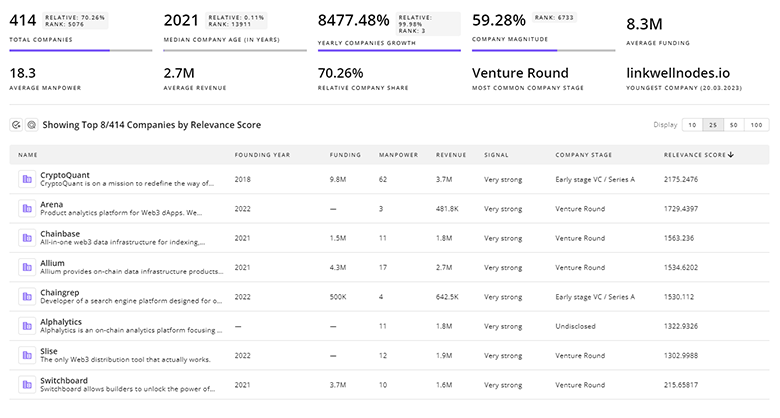
816 Plastic Free Packaging Companies
Discover Plastic Free Packaging Companies, their Funding, Manpower, Revenues, Stages, and much more
Plastic Free Packaging Investors
TrendFeedr’s Investors tool provides insights into 438 Plastic Free Packaging investors for you to keep ahead of the curve. This resource is critical for analyzing investment activities, funding trends, and market potential within the Plastic Free Packaging industry.
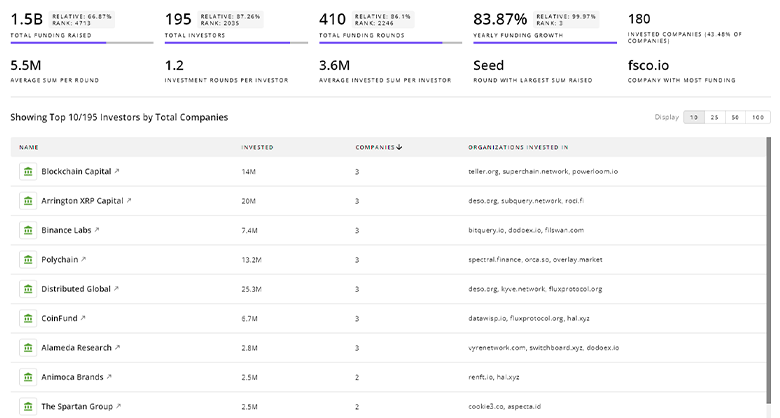
438 Plastic Free Packaging Investors
Discover Plastic Free Packaging Investors, Funding Rounds, Invested Amounts, and Funding Growth
Plastic Free Packaging News
TrendFeedr’s News feature offers you access to 907 articles on Plastic Free Packaging. Stay informed about the latest trends, technologies, and market shifts to enhance your strategic planning and decision-making.
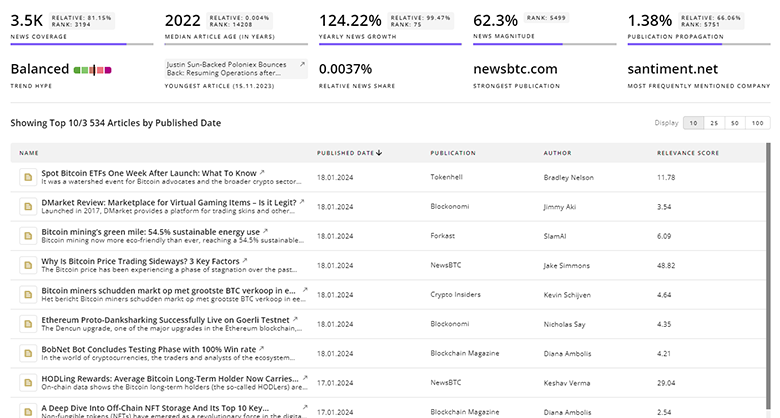
907 Plastic Free Packaging News Articles
Discover Latest Plastic Free Packaging Articles, News Magnitude, Publication Propagation, Yearly Growth, and Strongest Publications
Executive Summary
The plastic-free packaging sector is transitioning from incremental recycling improvements to transformative bio-material and circular-economy solutions. Sustained investment, patent activity, and cross-sector adoption underpin a strong growth trajectory, with funding topping $1.74 billion and market forecasts exceeding USD 13 billion by 2034. Material innovators-seaweed, fungal composites, agricultural waste-are challenging legacy plastics, while service models embed reuse and traceability. Strategic success will hinge on scaling cost-competitive bio-resins, integrating smart logistics, and forging partnerships across supply chains to create fully circular systems. As consumer and regulatory pressures intensify, stakeholders must act swiftly to secure market leadership and drive the shift to truly plastic-free packaging.
Are you an insider in the trends or tech industry? We’d love for you to contribute to our content.
